In December 1822, Franz Schubert (1797-1828) was awarded a Diploma of Honour from the Styrian Music Society in Graz. As a way of saying thank you, he sent two movements of a symphony he was working on, noting that it was unfinished, to his friends, Josef and Anselm Hüttenbrenner, who had been responsible for the honour. Schubert and Anselm Hüttenbrenner had studied together in Vienna with Salieri. Schubert had been proposed for the honour by his other friend Johann Jenger, then secretary of the Society. At the time, Schubert was recognized only for being an outstanding composer of lieder, not for his instrumental music.
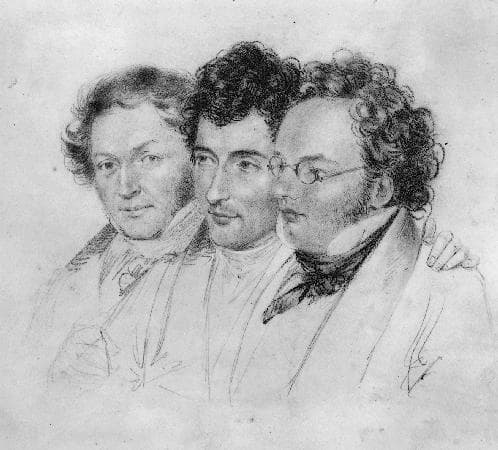
Josef Teltscher: Franz Schubert (right) with Anslem Hüttenbrenner and pianist Johann Jenger (private collection)
Hüttenbrenner was supposed to give the manuscript to the Styrian Music Society but kept it instead. An article by a Hüttenbrenner family member in 1961 discounts the idea that it was to have been given to the Society: family letters from the younger brother Andreas Hüttenbrenner indicate that Schubert gave him the manuscript to give to Anselm and dedicated it to Anselm. A letter from Josef also says that the symphony was dedicated to Anselm. The 1961 article by Felix Hüttenbrenner points out that the work being unfinished, has no dedication, and with blank pages at the end, shows that the work was never intended to be given to the Society, but was a gift from one friend to another in thanks.
The work was finally revealed to the world in 1865, when Josef Hüttenbrenner asked Johan Herbeck, conductor of the Gesellschaft der Musikfreunde in Vienna, to include a work by his brother Anselm in a concert. At the same time, Josef told Herbeck that this brother Anselm had some Schubert manuscripts in his possession, including an unfortunately unfinished symphony.
This news caused Herbeck to go to Graz where he spoke with Anselm, who showed him 10 overtures that might be good for the concert. Herbeck chose one and then asked about any works by Schubert that might be around. The Symphony in B minor was quickly found and when Herbeck asked to copy it, Anselm just gave it to him.
The work received its premiere on 17 December 1865, on a program that also had an Overture in C minor by Anselm Hüttenbrenner. The proceeds of the concert were to benefit ‘poor Schubert relatives.’
Of Schubert’s Symphony in B minor, we have only 2 completed movements and a sketch for a few parts of a third movement Scherzo. Later scholars have attempted to complete the work in four movements, using the piano sketches and the 20 measures of the full score that remain to create the third movement, and taking the entr’acte music from the incidental music for Rosamunde as the final movement. It was the next work that Schubert wrote after the symphony and, as it’s in the same key of B minor, it is thought that it was intended to be the finale of the symphony. In the end, however, the beauty of the exquisite two movements by themselves isn’t helped by trying to “finish” the Unfinished.
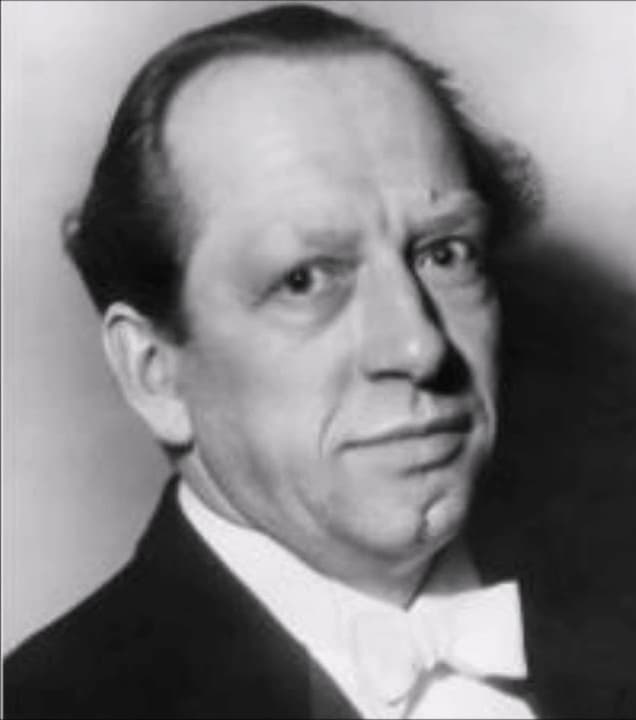
Leopold Ludwig
Franz Schubert: Symphony No. 8 in B minor, D. 759 “Unfinished”
This recording was made in 1960 by the London Symphony Orchestra under German conductor Leopold Ludwig. Ludwig, (1908-1979) studied in Vienna and made his first appearance as a conductor in 1931. In 1939 he was appointed First Kapellmeister at the Vienna State Opera, followed by an appointment in 1942 as Staatskapellmeister. He was successful during the war but was jailed for 18 months with probation and fine by a British military court for hiding his membership in the National Socialist party. He was appointed general music director at the Hamburg State Opera from 1951 until 1971. He conducted Der Rosenkavalier at Glyndebourne in 1959 and Parsifal at the Met in 1970.
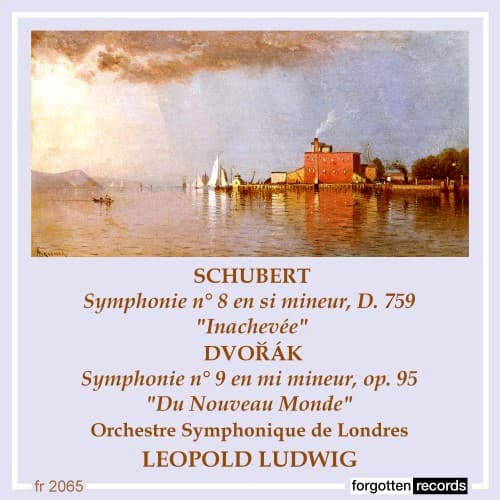
Performed by
Leopold Ludwig
London Symphony Orchestra
Recorded in 1960
Official Website
For more of the best in classical music, sign up to our E-Newsletter

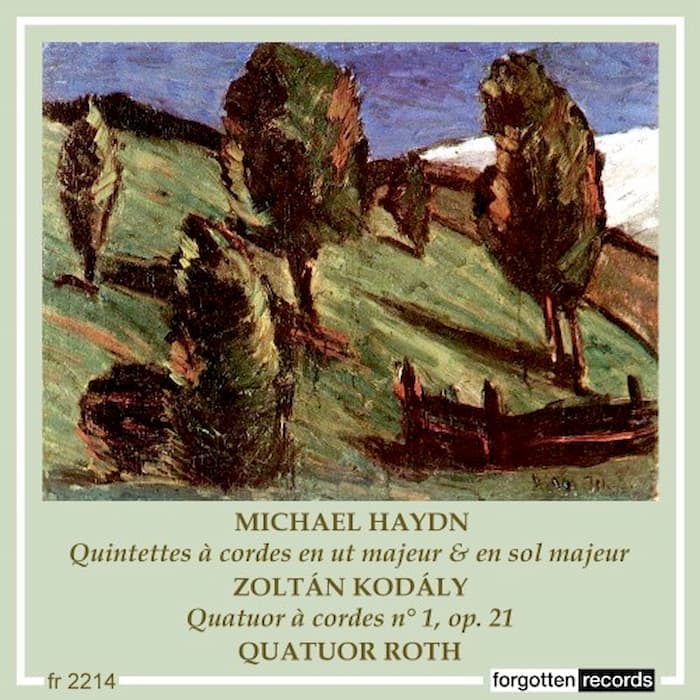
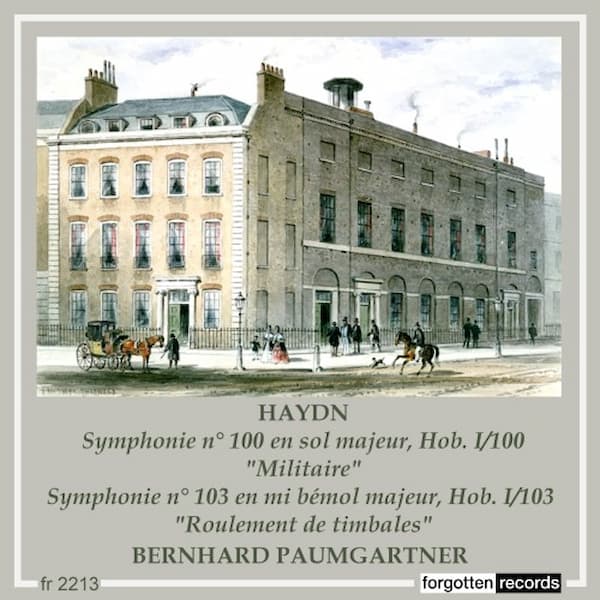
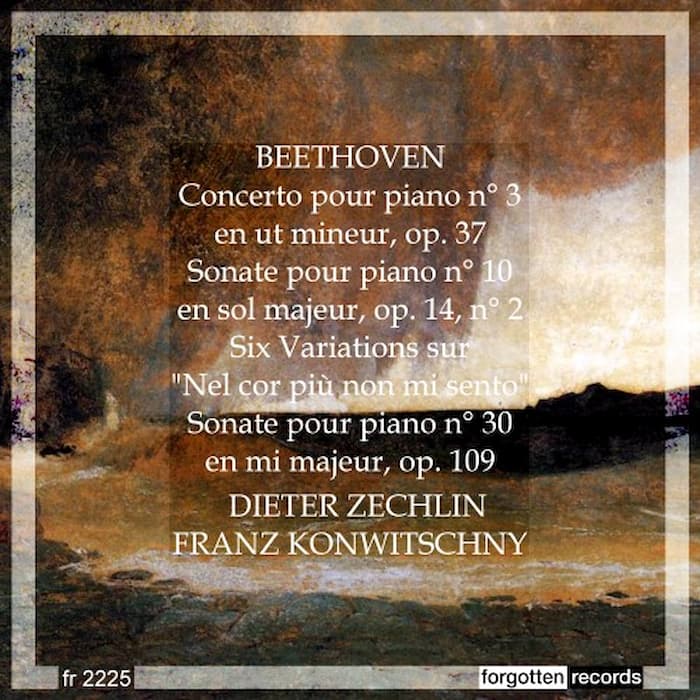
Very interesting article, no doubt. But personally, and since my youth, I never felt that the Unfinished was “whole” as it is, even though it remain a great torso. Some of the attempts at completion have been actually quite compelling. If they did not catch on is probably because of extra-musical reasons.